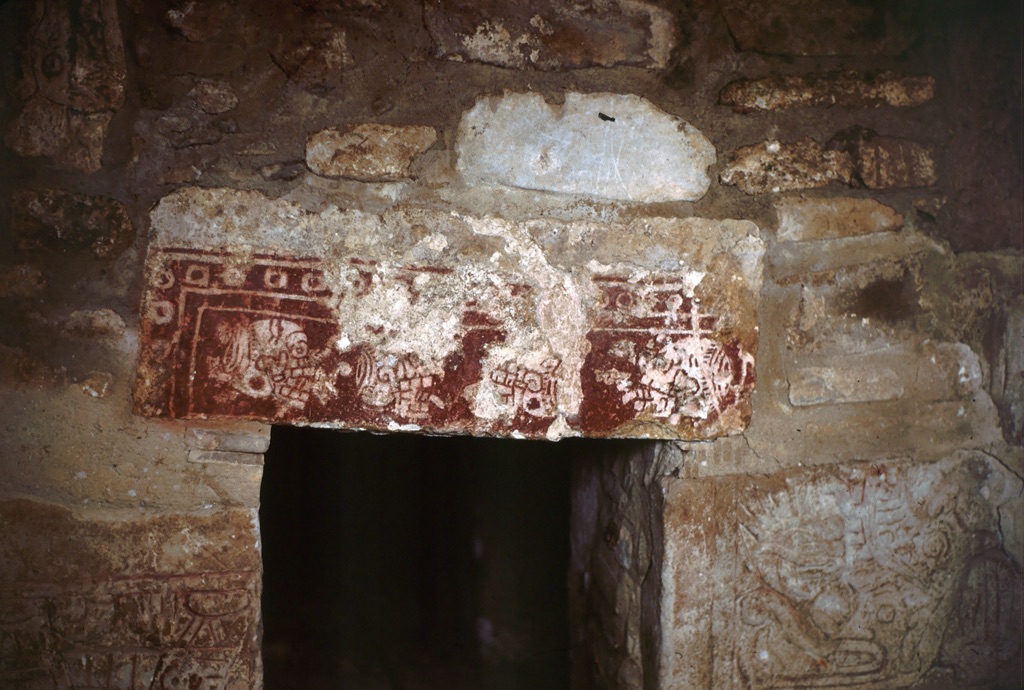San Pablo Huitzo is a Zapotec village with a rich historical tapestry. Nestled in the Central Valleys of Oaxaca, Mexico, it stands as a testament to the Zapotec civilization’s ingenuity. The village is known for its archaeological significance and the remnants of structures that echo the past. It offers insights into the lives of the Zapotec people, their culture, and their contributions to Mesoamerican history.
Zapotec civilization
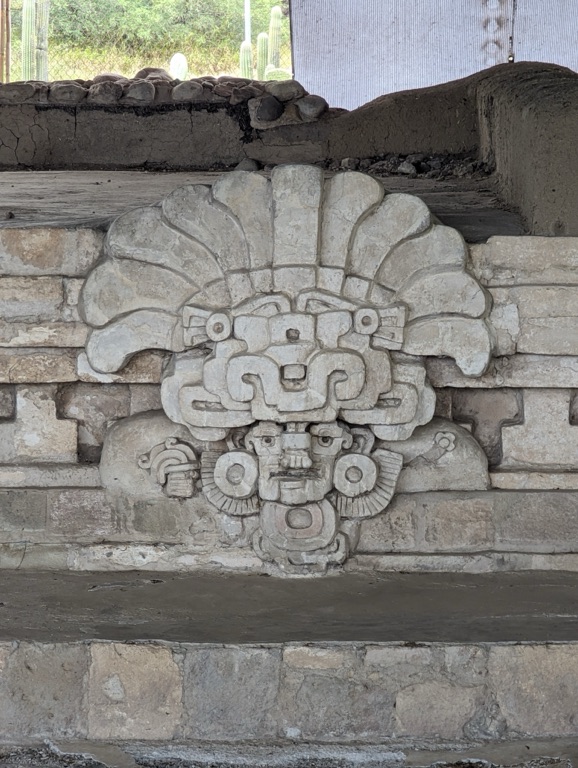
The Zapotec civilization was a pre-Columbian culture that flourished in the Valley of Oaxaca in Mesoamerica. Archaeological evidence suggests that their society was highly organized and developed as early as 500 BCE. They were great builders, as seen in the monumental structures of Monte Albán, which served as their central city. The Zapotecs constructed pyramids, temples, and ball courts that stand as a testament to their architectural skill and religious practices. They also developed a form of writing, which was among the earliest in Mesoamerica. The Zapotec civilization used this script to preserve their history and culture for future generations. Their influence extended across what is now the southern highlands of Mexico, showing their significant role in the region’s history.
Their society was not only complex in structure but also rich in culture. The Zapotecs were known for their artistry, creating detailed pottery, urns, and figurines. They excelled in weaving and dyeing techniques that produced vibrant textiles. The Zapotec people had a deep connection to their land and the cosmos, which shaped their religious beliefs and rituals. They worshipped numerous deities, often associated with natural elements such as rain, maize, and fire. Agriculture was a cornerstone of Zapotec life, with maize, beans, and squash being the primary crops. Their agricultural skills and practices allowed them to sustain large populations and complex societies. The Zapotec civilization’s legacy continues to influence the cultural landscape of Oaxaca and is remembered for its significant contributions to Mesoamerican history.
The Zapotec civilization is renowned for its architectural achievements and its development of a writing system that predates many others in Mesoamerica. Historical Sites like Monte Albán and Mitla showcase the sophistication of Zapotec urban planning, engineering, and art. These sites are not only significant for their historical value but also for their influence on subsequent Mesoamerican cultures. The Zapotecs’ advancements in agriculture, particularly their terrace farming techniques, allowed for the support of large urban populations and set a precedent for future civilizations in the region.
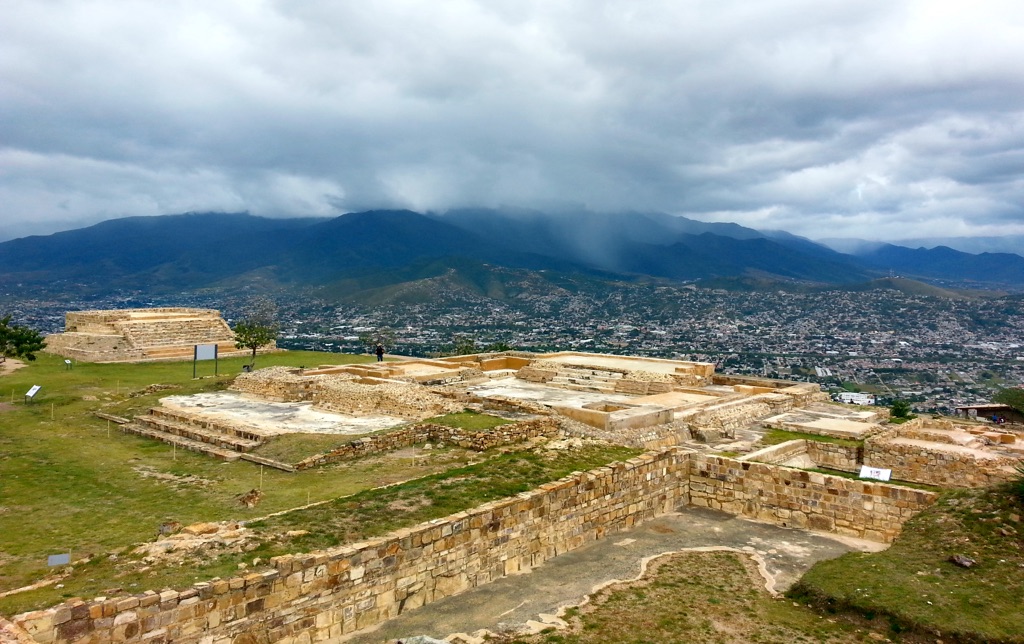
The decline of the Zapotec civilization is attributed to a combination of factors, including environmental changes, warfare, and the pressure from neighboring civilizations. By the time the Spanish arrived in the 16th century, the Zapotec state had fragmented, and its power diminished. However, the Spanish conquest and the subsequent colonial period led to further erosion of the Zapotec way of life, as European diseases, economic policies, and social restructuring took their toll on the indigenous population.
Despite these challenges, the Zapotec people have not disappeared. Today, they continue to live in Oaxaca and its surrounding areas, maintaining many aspects of their traditional culture, language, and practices. The contemporary Zapotec communities are active in preserving their heritage, including their linguistic traditions, crafts, and religious practices. Their resilience and adaptation over centuries stand as a testament to the enduring legacy of the Zapotec civilization.
The Zapotec civilization, spanning from around 500 BCE to the arrival of the Spanish, left a lasting impact on Mesoamerica through its achievements in architecture, agriculture, and arts. Historical Places like Monte Albán and Mitla continue to draw attention to the ingenuity of the Zapotec people. Their development of a writing system, urban planning, and agricultural innovations are key highlights of their civilization. The enduring presence of the Zapotec people and their ongoing efforts to preserve their culture ensure that the legacy of this remarkable civilization will continue to be celebrated and studied for generations to come.
Explore Zapotec civilization Historical Places and Discoveries
Zapotec Civilization FAQs
What is the Zapotec civilization known for?
The Zapotec civilization is renowned for its remarkable achievements in architecture, writing, and astronomy. Flourishing in the Oaxaca Valley of Mexico, they built the magnificent city of Monte Albán, one of the earliest cities in Mesoamerica, around 500 BC. The Zapotecs developed a unique hieroglyphic writing system and made significant advancements in the creation of calendars and monumental buildings. Their craftsmanship in pottery and weaving also stands out, showcasing a rich cultural heritage that has been influential in Mesoamerican history.
What was the Zapotec timeline?
The Zapotec civilization’s timeline spans several millennia, with its origins tracing back to around 2500 BC, when agricultural villages began to emerge in the Oaxaca Valley. The civilization reached its zenith with the establishment of Monte Albán around 500 BC, which continued to be a significant center until about 750 AD. Following this period, the Zapotecs experienced a decline, although they maintained important centers such as Mitla. Their influence persisted until the Spanish conquest in the 16th century AD.
Are there still Zapotec people?
Yes, the Zapotec people still exist today and are one of the largest indigenous groups in Mexico. They primarily reside in the state of Oaxaca but can also be found in parts of Puebla, Guerrero, and the Mexican capital. The contemporary Zapotec community continues to preserve their unique language, traditions, and crafts, including weaving and pottery, contributing to the rich cultural tapestry of Mexico. Their population is estimated to be in the hundreds of thousands, making them a vibrant and integral part of Mexico’s indigenous heritage.
Why did the Zapotec civilization end?
The decline of the Zapotec civilization was a gradual process influenced by several factors. Around 750 AD, Monte Albán, the central city of the Zapotecs, was abandoned, likely due to a combination of environmental degradation, resource depletion, and internal conflicts. Additionally, the rise of neighboring civilizations, such as the Mixtecs, who began to dominate the region, contributed to the Zapotec’s decline. Despite these challenges, Zapotec communities continued to thrive in other areas, such as Mitla, until the Spanish conquest in the 16th century AD, which marked the end of their political and military influence but not their cultural legacy.
Are Zapotec and Mayan the same?
No, the Zapotec and Mayan civilizations are not the same. Although both are indigenous peoples of Mesoamerica, they developed distinct cultures, languages, and territories. The Maya civilization was primarily located in what is now southeastern Mexico, Guatemala, Belize, and parts of Honduras and El Salvador. In contrast, the Zapotec civilization was centered in the Oaxaca Valley of Mexico. Both civilizations made significant contributions to Mesoamerican culture, including writing systems, architecture, and mathematics, but they evolved independently of each other and have unique characteristics and histories.
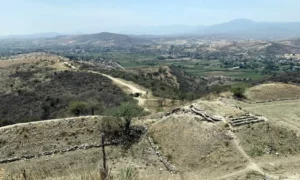
Suchilquitongo (archaeological site)
Suchilquitongo is an archaeological site located in the Central Valleys of Oaxaca, Mexico. It is known for its Mesoamerican ruins, which date back to the Zapotec civilization. The site includes a series of structures, such as a ball court, platforms, and tombs, which offer insights into the pre-Columbian history of the region. Suchilquitongo provides a window into the Zapotec culture, which was one of the earliest and most influential civilizations in Mesoamerica.
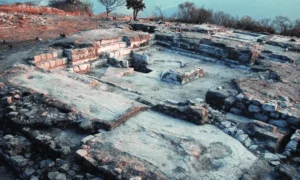
El Palmillo archaeological site
The El Palmillo archaeological site is a significant pre-Columbian Mesoamerican site located in the Oaxaca Valley of Mexico. It offers a window into the Zapotec civilization, known for its intricate urban planning and sophisticated culture. The site features terraces, a complex system of water management, and remnants of domestic structures that provide insights into the daily lives of its ancient inhabitants.
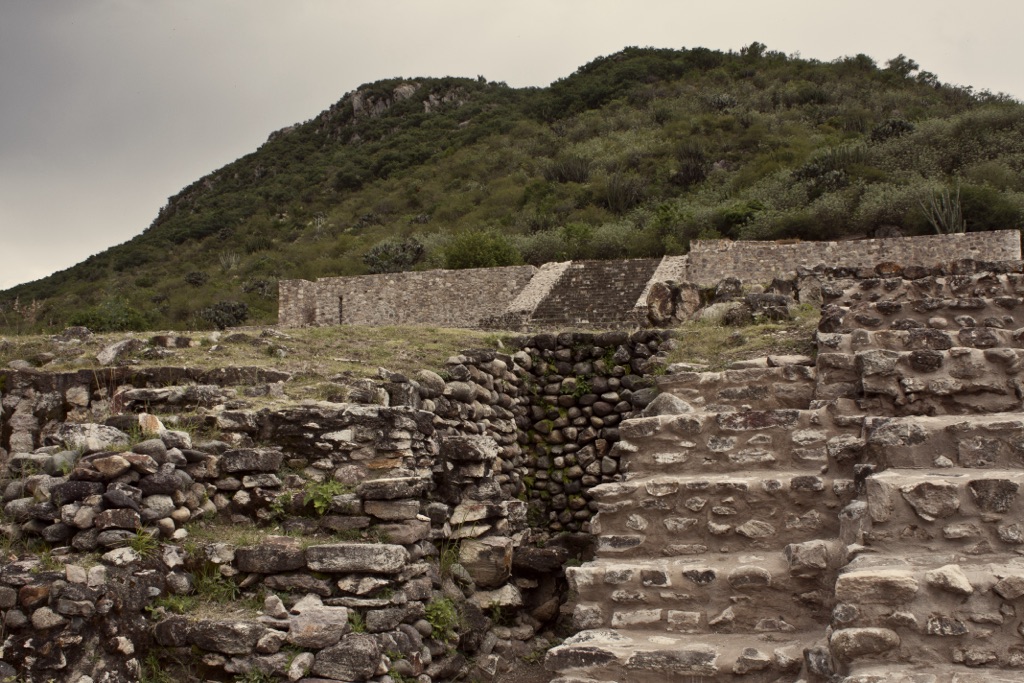
Dainzú
Dainzú is a significant archaeological site located in the Oaxaca Valley of Mexico. It showcases the vestiges of a pre-Columbian Zapotec civilization settlement. The site is renowned for its unique bas-relief carvings that depict figures engaged in a ball game, which is one of the earliest known instances of such depictions in Mesoamerica. Dainzú provides valuable insights into the Zapotec culture, their social structure, religious practices, and interactions with neighboring civilizations.
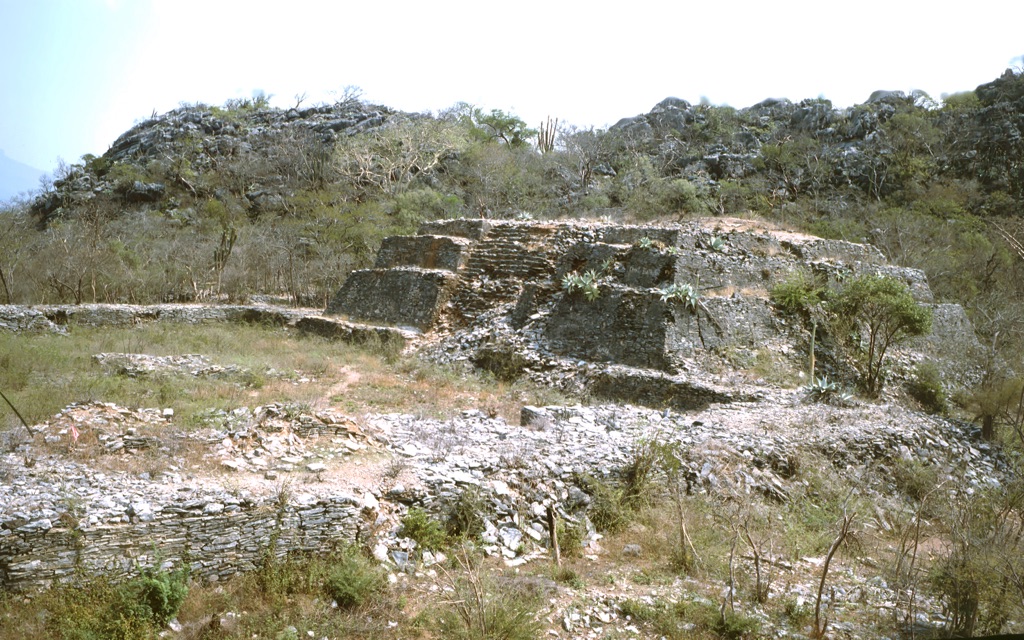
Guiengola
Guiengola is a significant archaeological site located in the Mexican state of Oaxaca. It was a pre-Columbian Zapotec fortified city, known for its unique hilltop location and strategic defensive attributes. The site offers a glimpse into the Zapotec civilization and their architectural prowess. Guiengola is less known compared to other Mesoamerican ruins, yet it provides valuable insights into the region’s history and culture.
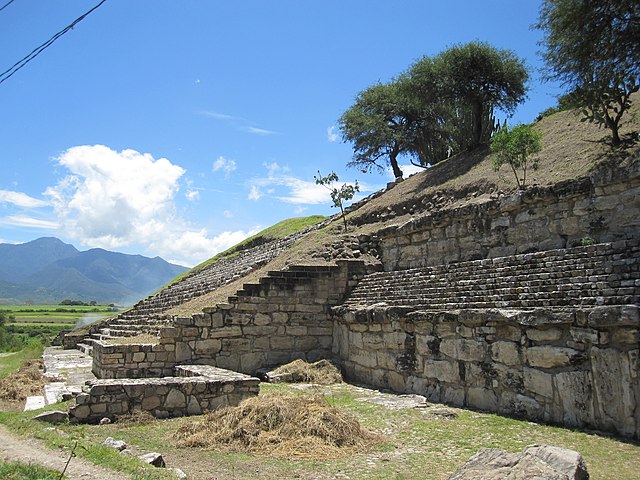
San Jose Mogote Pyramid
San Jose Mogote stands as a testament to the innovation of the pre-Columbian Zapotec civilization. This ancient pyramid, nestled in the Etla Valley of Oaxaca, Mexico, was once the center of a thriving community. It showcases architectural ingenuity through its remarkable structure which dates back to the early Formative Period. San Jose Mogote played a crucial role in understanding the sociopolitical dynamics of early Mesoamerican societies. Its artifacts provide insight into the Zapotec’s daily lives, religious practices, and the trade relationships they fostered with nearby regions.

